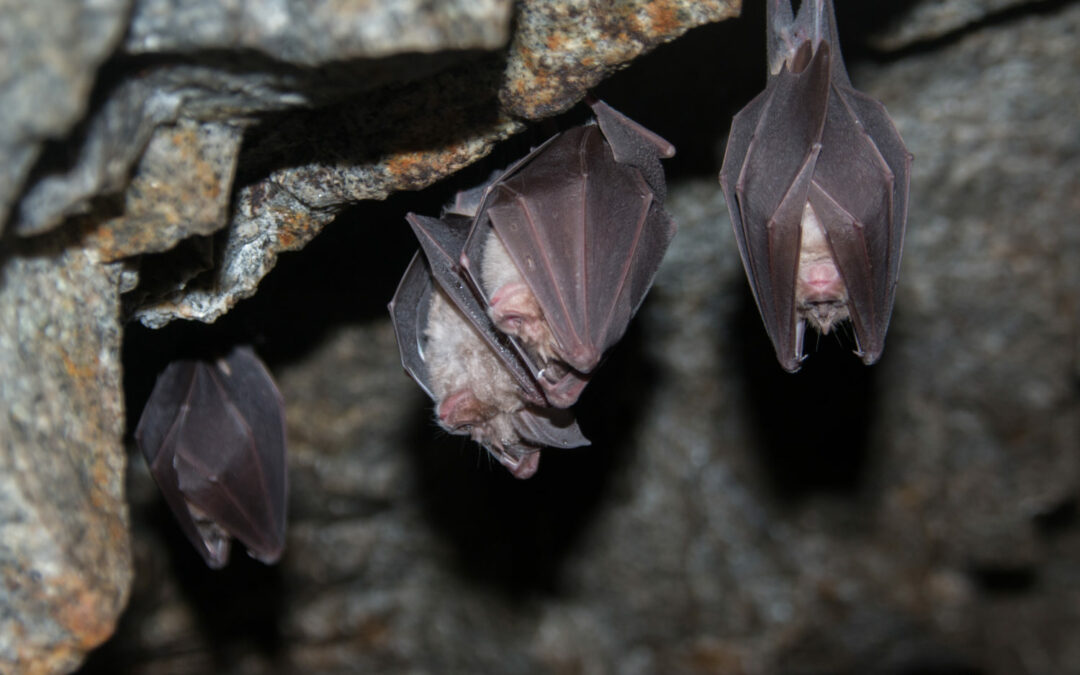Recently the press has been reporting on the news of an epidemic outbreak of Severe Acute Respiratory Syndrome caused by a novel coronavirus declared in Wuhan (China). To date, hundreds of cases have been reported, including some being imported into other countries. At the time of writing, the World Health Organisation (WHO) has not declared a Public Health Emergency of International Concern but has made recommendations as to how to avoid a possible internationalisation of the outbreak, and in any case will continue to update the available information regularly, which we will need to keep an eye on.
The first epidemiological studies have shown that the origin of the outbreak is linked to a wet market trading in seafood and wild animals. It is therefore assumed that the most likely source must be one of the animals sold at the market, although from a species yet to be determined, since emerging diseases tend to originate in infectious agents typical of animals, which successfully adapt to humans and acquiring the ability to spread from person to person. There has already been a precedent with the outbreak of a severe acute respiratory syndrome (SARS) declared in 2003, also in China under comparable circumstances, and that was caused by a coronavirus very similar to the current one, causing over 8,000 cases and almost 800 deaths in several countries. In that case, civets appeared to be the animal source of the outbreak since the virus was detected in samples taken from these animals from the wet market where it originated. In 2012 another outbreak, which would later be known as Middle East Respiratory Syndrome (MERS), was declared in Saudi Arabia and turned out to be caused by another coronavirus transmitted by the dromedary. To date, 2,494 cases and 854 deaths have already been reported, the vast majority in countries around the Persian Gulf, although imported cases have also been reported in other countries.
Following the confirmation that the civet could have been the source of transmission but not the natural host of the SARS virus, scientists began searching for the virus in other animal species in China and found very similar viruses in horseshoe bats. Subsequent studies have revealed a great diversity of coronaviruses in bats around the world that do not seem to cause them disease, which is evidence of good mutual adaptation developed during a long common evolutionary history. This fact has led to the proposed hypothesis (as it remains today) for the emergence of SARS to have jumped from a species of horseshoe bat to civets, and from civets to humans. Among this great variety of bat coronaviruses there are also some very similar to the MERS coronavirus, a fact that is interpreted by the WHO in its fact sheet of the disease as follows “the origins of the virus are not fully understood but, according to the analysis of different virus genomes, it is believed that it may have originated in bats and was transmitted to camels sometime in the distant past”, illustrating how prudence and rigor should always prevail when extrapolating general conclusions about evolutionary biology to the research into the origins of specific epidemic outbreaks.
The sequencing of the genome of the novel coronavirus of 2019 currently causing the outbreak has shown it to be a close match with a bat coronavirus of the SARS group; this being the only fact relating it to bats, as the virus has to date not been detected in any animal other than humans, although exhaustive studies are being carried out that we hope will provide answers soon. Finally, the claim that the origin of the outbreak could have been from snakes comes from a very speculative study which draws inconclusive results and is attracting strong criticism from the scientific community.
In conclusion:
- To date, it has not yet been established that bats have been the direct source of the outbreak in China. Although the available data based on the virus’ DNA analysis indicate that bats should be one of the objects of the research aimed at unveiling it, we must wait for conclusive results and not make presumptive claims…
- Neither bats, nor any other animal, will have any further involvement in the progress of the epidemic, which is exclusively based on the spread from person to person.
Juan Emilio Echevarría
Virologist

